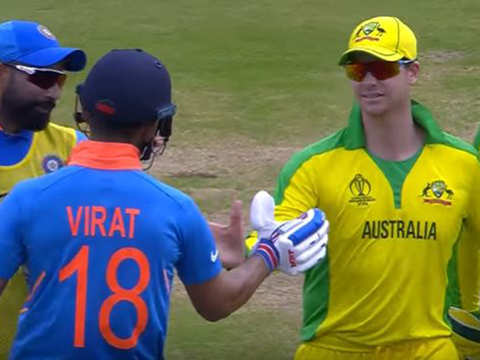Cricket, often dubbed the “gentleman’s game,” is anything but gentle when it comes to competition. In this fast-paced sport, fielding plays a crucial role in determining the outcome of a match. While bowlers aim to take wickets, fielders have the equally important task of applying relentless pressure on batsmen. In this blog post, we’ll delve into various cricket fielding strategies that teams can employ to keep the batsmen on their toes and seize the advantage.
The Importance of Fielding in Cricket
Fielding is often the unsung hero of cricket. While everyone marvels at a fast bowler’s thunderous deliveries or a batsman’s elegant cover drive, it’s the fielders who can truly change the course of a game. Effective fielding not only saves runs but also builds pressure on the batting side. Here’s why fielding matters so much:
1. Saving Runs
Every run counts in cricket. Fielders who can prevent boundaries, cut off singles, and execute sharp throws can significantly reduce the opposition’s total. Saving runs means the chasing team has a more attainable target, and the bowling side has a smaller total to defend.
2. Building Pressure
Fielders are the battering ram of the bowling side. When they consistently stop runs and create close-call situations, they force batsmen into making mistakes. Pressure can lead to poor shot selection, hurried singles, and even wickets. It’s the fielders’ job to sustain this pressure throughout the innings.
3. Creating Run-Out Opportunities
Run-outs are often game-changers. They not only get rid of a set batsman but also demoralize the batting team. Accurate throws and quick reflexes from fielders are essential to capitalize on run-out opportunities.
4. Taking Catching Chances
Catching wins matches. Fielders stationed close to the batsman or in the slip cordon need to be razor-sharp. Diving catches or taking high-pressure catches in critical moments can swing the game in your team’s favor.
Now that we understand the significance of fielding let’s dive into some cricket fielding strategies that can help your team apply relentless pressure on the batsmen.
Cricket Fielding Strategies to Put Pressure on Batsmen
1. Ring of Steel
One of the most effective fielding formations to build pressure on the batsmen is the “ring of steel.” In this setup, the captain places fielders close to the batsmen on the off-side and leg-side, making it challenging for the batsmen to find gaps and rotate the strike. A strong slip cordon and gully are essential components of this strategy, ready to pounce on any edges.
2. Close-In Catchers
Having fielders in catching positions close to the batsman can be intimidating. Placing fielders at short leg, silly point, and short cover can pressure the batsman into playing defensive shots, reducing their scoring opportunities and increasing the likelihood of mistakes.
3. Diving Saves in the Infield
Crucial runs are often saved in the inner circle of the field. Fielders should be trained to make diving saves, cut off singles, and execute quick throws to the wicketkeeper or bowler. These sharp efforts can frustrate batsmen and disrupt their flow.
4. Aggressive Outfielding
Fielders in the outfield play a pivotal role in preventing boundaries. Quick, agile players can patrol the boundaries, diving to save fours and showing excellent boundary awareness. This forces batsmen to hit the ball even harder, increasing the risk of mishits and wickets.
5. Quick Throws and Backing Up
Consistent and accurate throwing is essential in cricket. Fielders should be trained to release the ball quickly, aiming at the stumps or the wicketkeeper’s gloves. Additionally, having fielders backing up the throws ensures no overthrows, maintaining pressure on the batsmen.
6. Verbal Encouragement
Fielders can contribute to building pressure not just through their physical efforts but also through psychological tactics. Encouraging words, positive body language, and the occasional sledge can unnerve batsmen and make them lose focus.
7. Match Awareness
Fielders should always be aware of the match situation. Knowing the strengths and weaknesses of the opposition batsmen, understanding the pitch conditions, and adjusting field placements accordingly can be the difference between success and failure.
8. Changing Field Placements
Don’t let the batsmen settle. Frequent changes in field placements, especially when new batsmen come to the crease, can disrupt their game plan. Experiment with unconventional fielding positions to create doubt in their minds.
Conclusion
Fielding is often the unsung hero in cricket, but its importance cannot be overstated. Effective fielding not only saves runs but also builds immense pressure on the batsmen, leading to wickets and victories. Implementing the right fielding strategies can be a game-changer for any team, making them a force to be reckoned with on the cricket field. So, the next time you step onto the field, remember that as a fielder, you have the power to shape the outcome of the game. Go out there, execute these strategies, and put the pressure on the batsmen. Your team’s success depends on it.



